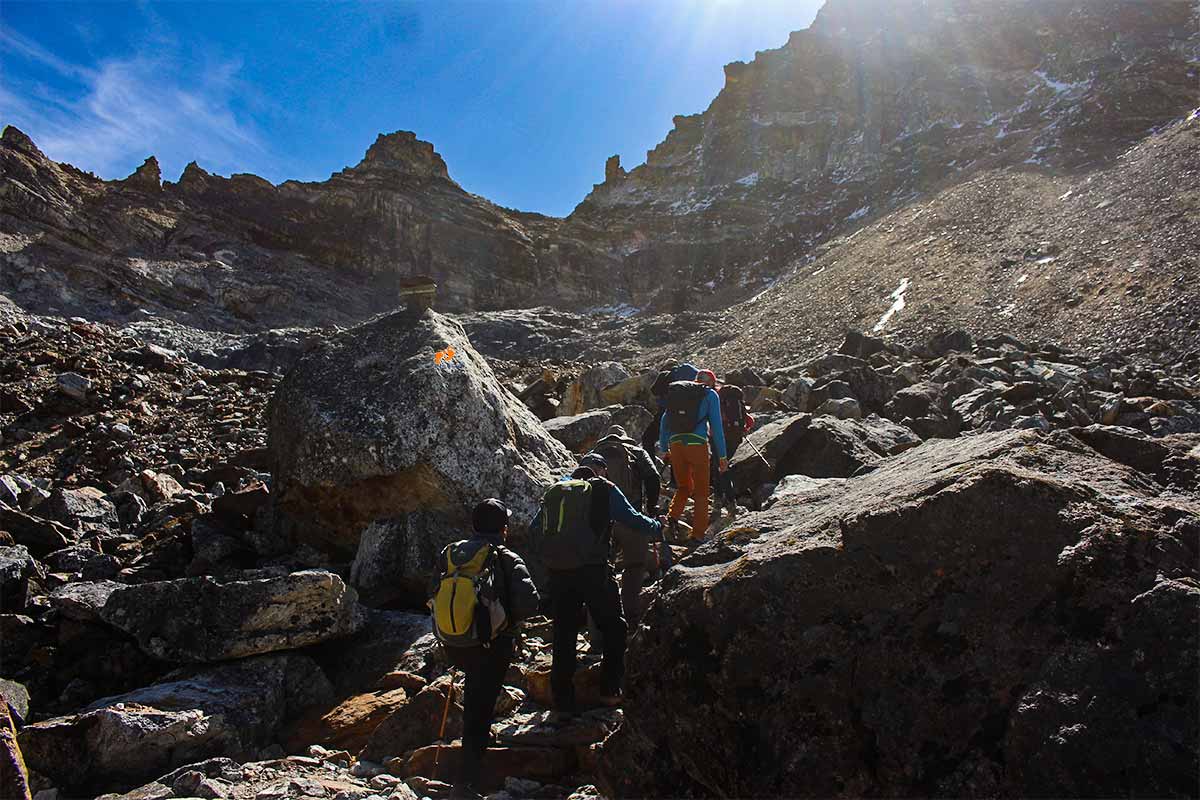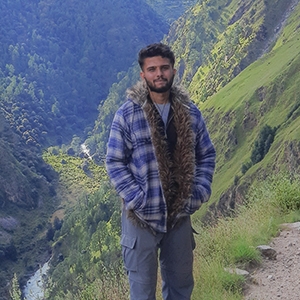Understanding Low-Impact Trekking
Low-impact trekking focuses on practices that minimize environmental damage. It's about being conscious of our activities and their impact on nature, from planning our treks to our behavior on the trails. This philosophy goes beyond guidelines, it's a perspective that values and respects nature. Let's explore the guidelines/principles in more detail.
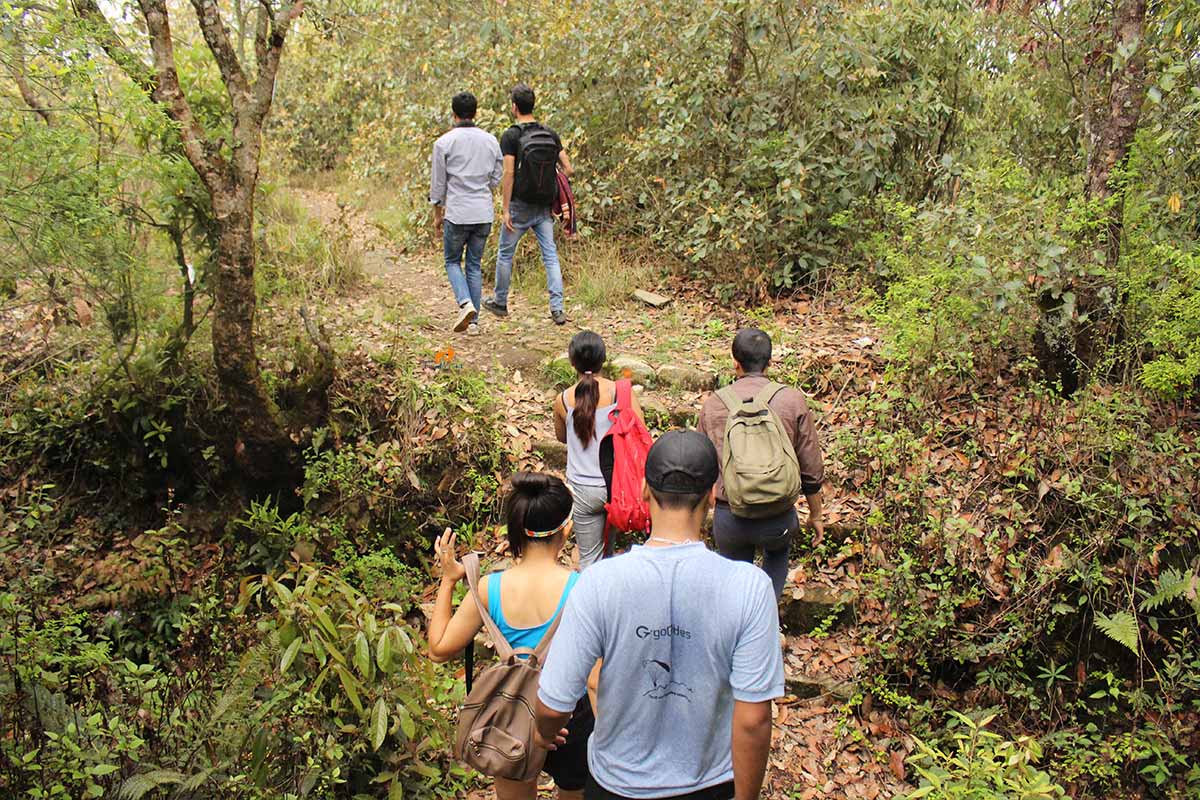
Plan and Preparation
You can minimize your impact on remote areas by preparing thoroughly for your trip. This involves researching your destination, planning for emergencies and extreme circumstances, and considering how your choices will affect the local economy and environment. Your plans should factor in your budget, convenience level, intended route, and environmental impact.
Knowledge of the Area
Familiarize yourself with the location you're visiting. Understanding the local history, climate, and geology will significantly improve your trip preparation. Research local regulations, specific concerns, and any necessary permits. Additionally, learn about the local flora and fauna.
Repackage
Eliminate all excessive packaging before you leave home. Repackage food, soaps, medicines, and other items in reusable containers. Pack wisely, bringing only necessities. This lowers the potential for rubbish or litter in rural areas of Nepal. Carry enough suitable, waterproof bags to pack out all non-biodegradable, non-burnable garbage. Remember, some waste types can't be effectively disposed of even in Kathmandu, so they must be carried back home.
Equipment
Using the proper equipment can help you minimize impact. For example, gaiters that protect your feet and boots will allow you to stay on the main trail when it is wet or messy from rainfall or melting snow. Lightweight camp stoves and water-carrying containers allow the flexibility to camp in the most impact-resistant site available.
The Trail Equiuette
Many trekking routes have suffered harsh degradation, creating messes and causing erosion and other environmental issues. Focusing use on popular or high-use areas is a simple and effective way to reduce our impact and preserve the natural experience for other visitors.
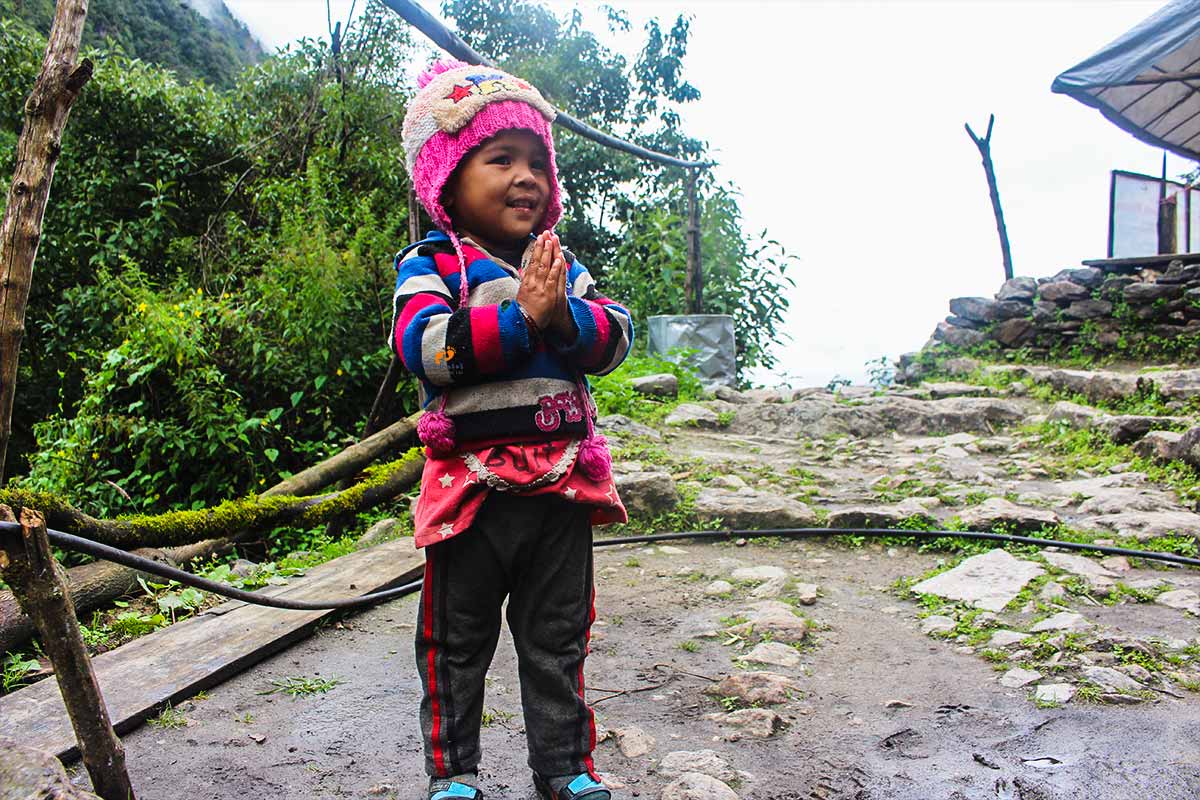
On the Trail
Rest Breaks: When taking a break along the trail, move off the route to a stable stopping place. "Chautara" is a good spot. You can enjoy more natural surroundings here; other walkers can pass by without contact. Durable stopping places include flat rocks, sand, other non-vegetated areas, and sites with durable vegetation, such as dry grasslands.
Stick to the Trail: We can minimize impacts on wildlife, soil, and vegetation by sticking to fixed routes, even if they are messy, slippery, or wet. Walk single-file on established paths when following existing trails. Avoid making switchbacks or creating shortcuts, even if the trail seems to curve, as this can lead to the formation of multiple trails.
Hike in Small Groups: Impacts are minimized when group sizes are small, trails are chosen to avoid fragile terrain and vital wildlife habitats, and extra care is taken to prevent disruptions. For large groups, hike in smaller groupings of 6 to 8 people.
Farmer’s Property: When trekking through farmlands, avoid walking in planted fields, damaging paddy barriers, or disturbing vegetation, soil, field stones, fence stones, and fence posts. Always close gates behind you and fix any damage you cause, such as walls or water pipes.
Encountering Stock Animals on Trails: If you encounter stock animals on the trail, give them much space as some can be easily scared. Avoid approaching them or overtaking them strongly. The group should move to the same side of the trail, preferably the inside, to avoid being knocked off the trail and stand peacefully until the animals pass. On narrow sections or bridges, ensure you won't meet a caravan in the middle.
Fragile Areas: Preserve the local ecology by avoiding crushing, picking wildflowers or plants, and disturbing the undergrowth. Refrain from walking through shrubs, regardless of their resilience. At higher elevations, trampling can eradicate entire plant species that may take years to recover, and many seemingly insignificant plants have valuable medicinal properties. Vegetation loss leads to erosion, increasing the likelihood of trail washouts during heavy monsoons.
Nature’s Call: When nature calls, choose a private spot far from water sources. Bury your waste and carry out any toilet paper or sanitary items to burn or bury later. On snow, cover your litter with rocks. If the terrain restricts your distance from the trail, such as on a steep slope, ensure your manure is exposed to the sun and unlikely to be walked on. This way decomposition will be quicker.
Trekking Poles: Frequent use of trekking poles can damage soft soil, trailside vegetation, and rocks. Limit pole use when unneeded and avoid them in soft conditions like mud or loose dirt to prevent causing damage. When possible, use rubber tips on your poles.
Camping and its management
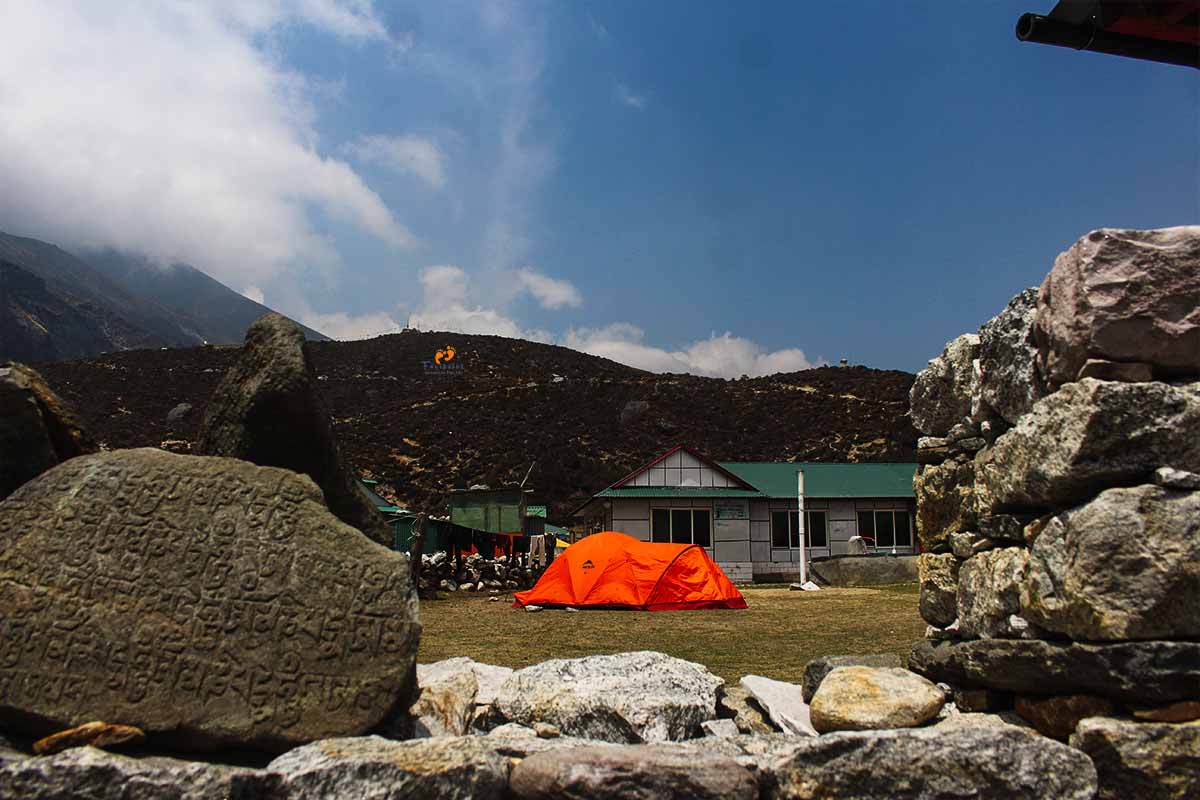
- When possible, use designated campsites instead of disturbing new ground, even if it means sharing with another group. Avoid trenching around tents, if the site is sloped and on high ground, a plastic sheet under the tent should be sufficient to prevent rain escape.
- The goal is to limit the impact on areas already displaying signs of use and avoid expanding the disturbed area. Before leaving camp, ensure it is clean and appealing for the upcoming campers.
- When picking an undisturbed campsite, select a location away from trails, other campers, lakes, streams, and vital wildlife habitats. Get rid of scenic spots that might attract other campers.
- When breaking camp, take time to naturalize the camping location. Covering with native materials (like dry pines), brushing out footprints, and rubbing grassy areas with a stick will help the site recover and make it less noticeable as a campsite.
Waste Management
Nepal's garbage and waste management issues have emerged recently due to increased tourism and movement of people. In the past, almost everything was locally produced and consumed, with no mass-produced noodle soups, canned fruits, or vegetables. The few bottles that reached villages were reused carefully. However, the inflow of visitors and consumer goods has not been matched by awareness of proper disposal methods, nor have good disposal facilities been developed. Consequently, disposal systems and plastic recycling remain limited or absent.

Waste Disposal
All trash that you and your support team (including porters) produce should be separated and treated properly:
- Burn burnable items, like dry paper, in a specified firepit if possible, but avoid burning plastics as they fire harmful gases. Since toilet paper and sanitary pads don't burn well unless very dry, pack them out. Additionally, remember that at high altitudes, nothing decays quickly, so avoid dumping cigarette butts on the ground. Instead, burn them if dry or pack them in a bag to burn later.
- Biodegradable waste, like food scraps, should be scattered or buried away from campsites, trails, and village areas to prevent an increase in germs and health dangers. Proper disposal is crucial for maintaining hygiene and environmental health in trekking areas. At high altitudes, bring back even biodegradable waste, as it won't decompose quickly enough.
- Pack and carry back all non-disposable items such as plastics, aluminum foil, glass, cans, and medical products to a suitable waste treatment site.
- If you're camping, ensure your trekking team leaves the campsite as good as or better than they found it. Completely cover and firmly pack any waste pits. Make sure to "naturalize" the area before leaving.
- In lodges and teahouses, you have less control, but you can encourage the lodge-keeper to set up separate waste pits for compost, burnable, and recyclables. Help them acknowledge the importance of proper waste disposal.
Reduce Litter at the source
When getting ready for your trip, skip separately wrapped items, discard unnecessary packaging, and repackage food and other items into reusable containers.
Pack In, Pack Out
Trash, often from over-packaged products, is inorganic waste brought into remote areas. It's best to always pack out all your litter and aim to leave places cleaner than you found them. The golden rule is: if you packed it in, pack it out. Following a sustainable approach to waste management with Carry-Me Bags or simply collecting litter during the trip can encourage fellow trekkers too.
Where to Pack it out?
As part of the conservation efforts, pack out items that cannot be properly disposed of in villages or remote areas. These items can be disposed of once you return to Kathmandu or Pokhara. Some items, like used batteries, should be carried out of the country as they cannot be safely disposed of in Nepal. These toxic wastes should be taken back home where appropriate disposal facilities are available.
Use Rubbish Pits
In Nepal, "packing out" can be challenging since many trekking trails pass through villages and much of what you consume is bought locally. Use designated "trash pits" for any metal, glass, or plastic garbage you seriously cannot carry out.
Toilet Paper
Dispose of toilet paper properly by burning it, burying it in a cathole, or placing it in plastic bags to pack out. Use toilet paper carefully and choose plain, white, and non-perfumed paper.
Plastic Menace
Plastic bottles of mineral water create disposal issues. Avoid contributing to this problem by not purchasing them. Instead, carry your water bottle and use iodine tablets for purification, which is also more fuel-efficient than boiling water.
Properly Dispose of What You Cannot Pack Out

A. Human Waste
Proper disposal of human waste is compulsory due to the lack of sufficient toilets along the trail. This prevents water pollution, the unpleasant finding of waste by others, and disease spread, and helps in faster decomposition. Burying waste correctly, away from water sources, campsites, and frequented areas, is the most effective way to meet these standards.
Catholes
Catholes are the most widely acknowledged method of waste disposal. Choose a liable site at least 50 meters (160 feet) away from water bases, trails, and campsites. Dig a spot 8-10 inches deep and 4-6 inches in diameter. After use, cover and disguise the hole with natural materials. To speed up decomposition and reduce smells, sprinkle some dirt or ashes in the hole after each use. Ensure the toilet pit is completely covered and the soil packed down firmly when you leave the campsite.
In snowy situations, waste won’t decompose in large concentrations. Defecate in individual small holes and cover them with snow after use. Ideally, find an isolated spot where your feces can be exposed to the sun for more rapid decomposition.
Toilets
If your campsite has a toilet or latrine (some may have composting ones), please use them. Do not throw toilet paper or sanitary items into the toilet pan, instead place them in the bin or bucket provided (this also applies to lodge toilets). Be mindful of those who will use the facilities after you.
Urine
Urination has minimal direct impact on vegetation or soil, but it can attract wildlife due to the salts. This attraction can lead to defoliation and soil disruption. To minimize this, it's best to urinate on rocks or in areas where it won't draw animals.
B. Wastewater Disposal
To stop water source contamination, avoid washing clothes or bathing directly in streams and springs. Minimize soap use, especially near lakes or streams. Instead, fill a bowl or bucket with water and wash 50 meters away from the water source, using biodegradable soaps if doable. This allows the soap to break down and filter through the soil before reaching any water source.
Dispose of wastewater from cooking, strained dishwater, and animal food over a wide area away from camps and water sources. Remove and bury all food particles from the water before disposal.
The Environment Around You
Allow others a sense of finding by leaving things of interest as you find them. The saying "take only pictures, leave only footprints" still holds, although leaving fewer footprints is even more suitable.

Leave Natural Objects and Cultural Artifacts
Leave stones, fossils, plants, timber, metal sculptures, carvings, and shrines undisturbed. Never touch painted religious marks, figures, or other cultural, historical, or archaeological sites and antiques. Respect the local people's values and emotions towards these items. Admire and photograph them, allowing future guests to enjoy them too.
Cultural and historic artifacts and sites on public lands are protected by the Department of Archaeology's Ancient Monuments Preservation Act. Removing any valuable old items from their heritage is prohibited.
Minimize Site Alterations
Leave the site as you found it. Avoid digging channels for tents or making other momentary improvements. If you clear surface rocks or twigs, be sure to replace them before you vacate. At high altitudes, vegetation depends on the shelter of rocks, so moving them can create lasting barren sites.
Protect Native Species
Avoid fetching in or spreading non-native and invasive species. It is illegal to pick cuttings, seeds, roots, or take plants as souvenirs. Instead, take close-up photographs. Do not disturb moraines, glaciers, ridge-top markers, or other landmarks, as they are crucial navigation support for traders, shepherds, and other travelers.
Anti-Graffiti
No one appreciates seeing graffiti sprayed on rocks or carved into wood, which are permanent examples of environmental pollution. Avoid trashing the natural environment and do your best to discourage it.
Protect Trees
Avoid harming live trees and plants. Refrain from sculpting into trees, hammering nails for hanging items, or chopping them with axes and saws, which can cause enduring damage. Besides, only attach posters or signs to trees if necessary, and follow local and governmental regulations.
Fire & Fuel Impacts
The use of fire in the mountains of Nepal has one of the biggest impacts on the surroundings. If not contained, it can cause tremendous natural disasters.
Deforestation has become a heavy ecological case across the nation, causing soil eroding, ground degradation, habitat destruction, biodiversity loss, and the disappearance of grown ecosystems. While tourism isn't the exclusive reason for deforestation in the Himalayas, it does contribute to the raised demand for fuel and building materials. As a visitor, you're also a part of the situation. At high altitudes, the cold climate slows down tree and plant blossoming, making restoration efforts challenging. Although reforestation projects are in progress, trees grow too slowly to keep up. Grown, rich vegetation is crucial for mitigating the negative effects of climate change.
Fire Ban
Strict rules oversee all national parks and conservation areas, and these should be standard practice in non-protected regions as well. While campfires might seem essential to the outdoor experience, they are prohibited in Nepal's protected areas where burning wood is banned by law. Violating this open-fire rule results in considerable fines. In some key locations within these protected areas, official kerosene depots are available for campers. To stay warm, wear extra clothing layers and gather in the mess tent or dining hall, reducing the need for fuel.
Use Fire Responsibly
If you find it truly necessary to build a fire due to unusual circumstances or emergencies, keep the following points in mind:
- Avoid collecting hollow, partly buried, or decomposed logs. These logs provide crucial habitats for various organisms like snakes, lizards, spiders, and centipedes, and they play a paramount role in soil formation. These creatures defend their homes, so use caution.
- Use fire only as a last alternative, and limit it to cooking. Keep the fire small and burning only while you are using it. Gather firewood from various places away from your camp to avoid depleting any single area. Be conscious of the ground you walk on while gathering wood. Always ensure the wood is completely dead, detached from trees, and can be broken by hand. Never cut live trees.
- Make a fire only on stable surfaces such as bedrock, sandy, or gravel areas.
- When finished, douse with water spread cool ashes and new wood pieces over a large area away from camp, and "naturalize" the site.
- Avoid lighting a fire in areas with dry grass, trees, or bushes, as sparks can easily ignite a large wildfire. This threat is especially high in old spruce, fir, or pine forests where the ground is covered with a thick layer of dry pine needles.
Fuel Crusade
Avoid using fresh firewood for fuel. If you are camping, use kerosene or gas to cook for everyone, including staff and porters. When staying in lodges, select those with solar power, that use kerosene or gas for cooking, or that operate a fuel-efficient "smokeless chulo" stove with a black boiler pipe system for heating water.
Sometimes, kerosene and gas may be in short supply. If you have to use firewood, save it as much as possible. Instead of leaning on boiled water, use treated water from iodine tablets or purifiers to fill your bottles.
In lodges, the black-boiler technique provides warm water for convenient spot-washing. If this isn't available, ask for cold water. Limit hot showers to those powered by hydroelectricity or solar energy, otherwise use a bucket bath, mainly in high-altitude regions. To conserve fuel in remote locations, consider adjusting your hygiene practices and washing clothes in cold water.
Consolidate Cooking
At a lodge, it is much more fuel and time-efficient for the cook to prepare one large order of the same dish at the same time so try to share the food in the isolated places.
The Wildlife
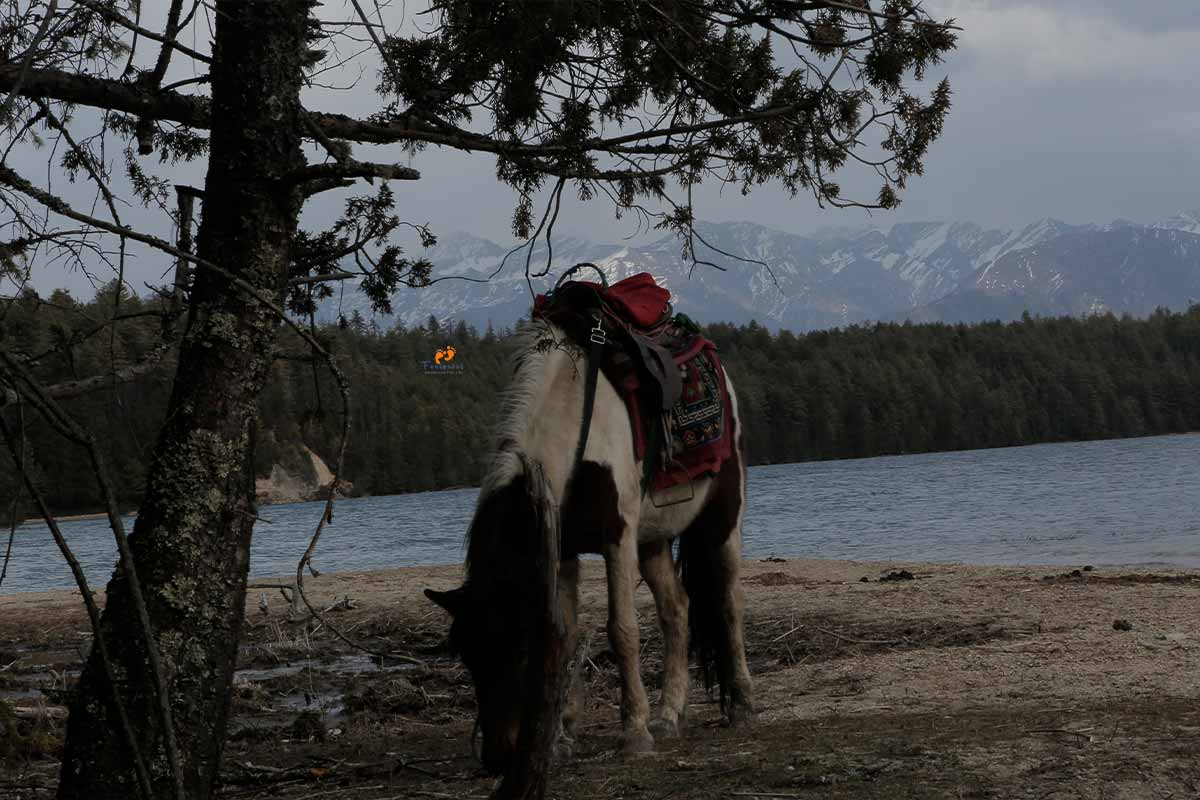
Despite the best planning to minimize the threat to native wildlife, there are still some ways that our activities can impact the ability of these animals to carry out their important daily routines. Please obey the following guidelines:
- Traveling peacefully helps you become more attuned to your surroundings and minimizes disruption to wildlife. Show respect for birds and animals by recognizing that the forest is their home and they need undisturbed spaces. Wearing neutral-colored clothing and keeping noise to a minimum will improve your experience and reduce the impact on wildlife.
- Avoid touching, patting, handling, or reaching out to wild or domestic animals. In some regions, rabies is common and can be transmitted to humans, along with other diseases like tetanus, and parasites such as fleas and ticks. Bites or scratches from animals can also lead to infections. Besides, some diseases and parasites can be transmitted from humans to creatures, especially primates.
- Avoid feeding local wildlife as it can lead to long-term issues like obesity and sickness. It may also cause aggressive populations of a species to form, making them reliant on humans. This can displace native species and result in starvation when visitors are not around.
- Maintain a safe space when observing or photographing animals. Use binoculars or a zoom lens to get a closer view, and avoid using a flash. If you're tracking wildlife for a photo or a closer look, proceed slowly and never chase or approach the animals aggressively. Always give wildlife plenty of areas to ensure their safety as well as your own.
- Be mindful about purchasing products made from animal skins, furs, or parts. The demand for these items fuels wildlife exploitation, habitat destruction, and poaching, even within protected areas.
- Steer clear of activities that implicate animal brutality, such as roadside animal exhibits, festivals featuring events like cockfights and bullfights, and elephant polo. For a jungle safari in the Terai region, go for a jeep instead of participating in elephant rides.
The People Around You
“Treat others the way you would like to be treated” is a rule that applies in the outdoors too.
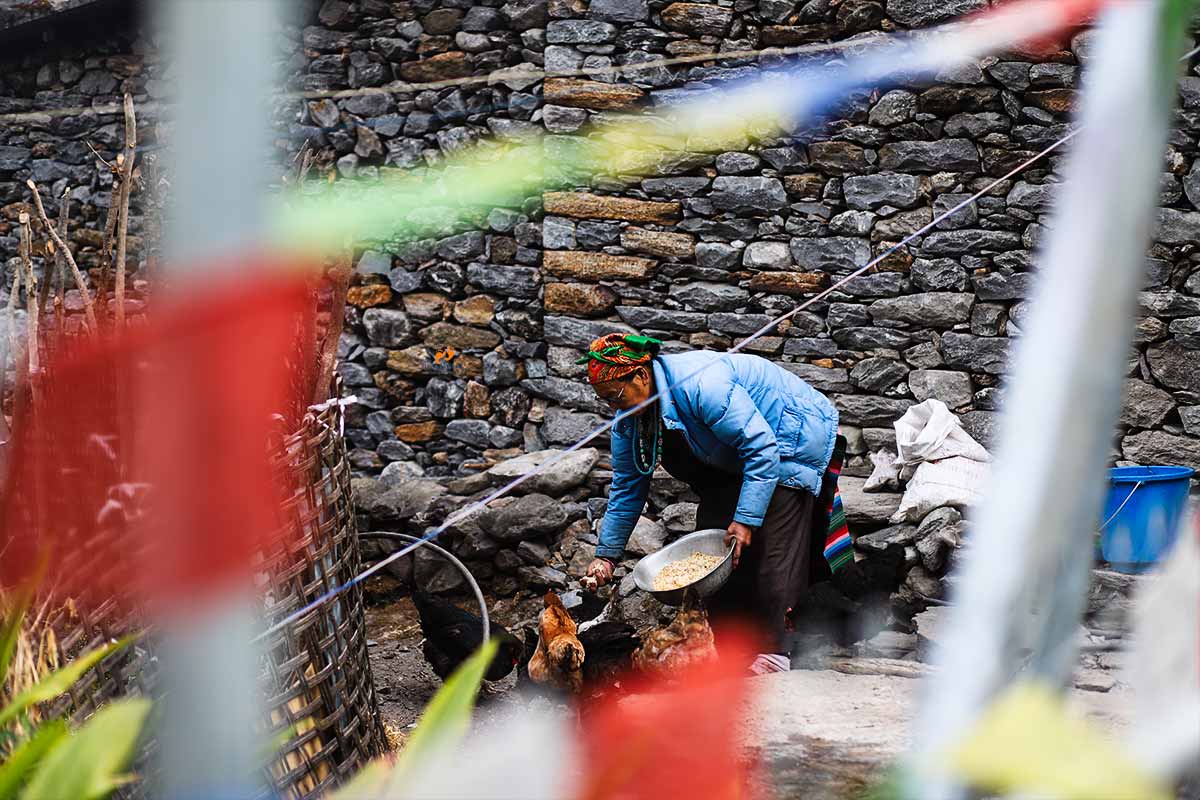
Respect Other Visitors Need for Solitude
Trek quietly to minimize disruption for other travelers and maintain their experience. Keep your interactions brief, travel with a small group, and act respectfully. This approach not only improves the solitude for everyone but also allows you to experience more of the environment through sight, sound, and sensation.
Keep Discreet
What you enjoy might not be satisfying for others. Keep singing for evening gatherings and save shouting and loud voices for emergencies. Use earphones with your phone to avoid bothering others at campsites or on the trail. Let the natural sounds of the environment take center stage.
Sharing the Trail
When you meet other tourists, greet them warmly and avoid competing over hiking pace or skill. In Nepal, trails often serve as main routes, so you'll encounter schoolchildren, locals, porters with loads, pack animals, pilgrims, shamans, and traders. Be civil and yield to everyone you meet.
The Future of Minimal-Impact Travel
As awareness of sustainability and environmental conservation grows, the future of low-impact trekking looks encouraging. We can expect to see new trends and refinements in this area.

Here’s what to watch for:
Carbon Offsetting
Adventure-seekers are increasingly looking to neutralize their carbon emissions while traveling. This trend is initiating eco-trekking institutions to offer carbon offset options packages.
Blending of Technology
While minimal-impact trekking facilitates people's disconnect from digital distractions, there is still potential for technology to support conservation efforts. Organizations focused on ecotourism and habitat preservation can utilize drones to observe/survey wildlife and other environmental aspects.
Approachable Eco-tourism
Everyone deserves to experience the magnificence of nature, but people with physical disabilities often face challenges in doing so. To address this, organizations are increasingly working to make eco-trekking more accessible to a more comprehensive range of individuals.
Partnership for Conservation
There’s a clear sense of how people can impact nature. That’s why local eco-trekking companies, local societies, and the state work together to safeguard vulnerable ecosystems and wildlife.
Education
There's nothing beautiful like discovering new and compelling things, but setting a positive example for others is even more impactful. In this area, focusing on educating travelers about environmental subjects is highly beneficial. By learning from each other, people can become boosters for the environment.
Final Words From the Writer
We hope you found this blog on low-impact trekking valuable. Our shared low impact trekking guidelines offer a sustainable way to explore and preserve our natural world. By following these practices, we can keep our favorite trekking locations beautiful and accessible for future generations. Let’s hike respectfully and stay dedicated to protecting the wild places we cherish.

